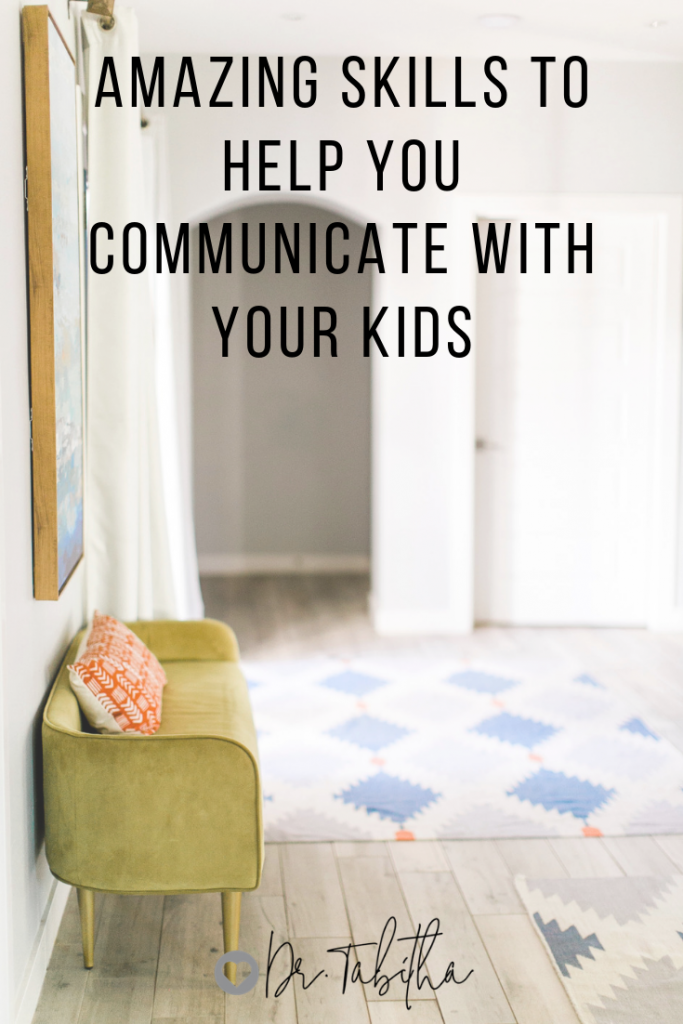
Communicating with children can be challenging. If you’re a parent, you have probably experienced some challenges in how you communicate with your kids. According to a study about parent and children communication, kids tend to develop healthier coping mechanism when their parents are supportive. This is especially true during emotionally challenging periods. However, those little ones, have a special ability to push your buttons, become stubborn and give you a hard time.
What gets in the way when you communicate with your kids?
Sometimes getting them to listen seems to be an impossible task. Simple requests can easily turn into arguments and tantrums. Perhaps you’ve had to repeat yourself multiple times on many occasions. Another challenge may be getting them to talk and share with you. You may ask them a simple question like, “How was your day?” in an attempt to communicate with your kids. Sometimes it may be met with attitude or a one word answer. So how can a parent help their kid when emotions seemed to have taken over?
The good news is that there are techniques to help you improve communication with your kids, creating more meaningful interactions. The book “How to talk so kids will listen & listen so kids will talk” by Faber and Mazlish gives useful and clear techniques for communication.
Top dos and don’ts of how to communicate with your kids:
Don’ts:
Don’t multitask when your kid is talking to you. It is very discouraging to talk to someone who is not paying attention.
Refrain yourself from jumping into solutions or giving advice, this usually doesn’t let your child think clearly and may foster frustration.
Don’t deny or try to change your kids feelings by saying something like “don’t be sad, that wasn’t that important.” This response won’t change how they’re feeling. It may teach them to not share their feelings with you because you don’t understand or may leave them thinking their feeling is “wrong.”
When they ask for something you can’t give them or there is something they want but can’t have, don’t use logic or give explanations. When your child is in an emotional state he or she won’t respond to logic.
Dos:
Pay attention. The first step is to listen before before responding. Even if the conversation is about something difficult, try to give your child the benefit of the doubt. Take deep breaths to calm down and prepare to listen. Listen until you really understand what happened and his or her feelings about it.
Use expressions that show understanding. Make eye contact, verbally acknowledge what they are feeling, ask questions – show that you are paying attention. This also shows your interest in hearing their experience without blame and in turn, they may share more information with you.
Name the feeling. If they come to you crying, instead of telling them “don’t cry, it’s not that bad” say something like, “I can see you’re really sad.” The acknowledgement of their feelings is a critical part of this process. Depending on the age of your child, this can also be a way to teach them how to name feelings, but overall, this communicates that you understand (not necessarily agree with) their feelings.
I highly recommend “How to talk so kids will listen & listen so kids will talk” It includes parent’s stories of their own experiences when using these techniques and frequently asked questions. Reading this book cannot only help you communicate with your kids more effectively but also improve your relationship as a whole.
What have you found to be the most helpful communication tool with your kids?






Leave a Reply
Your email is safe with us.